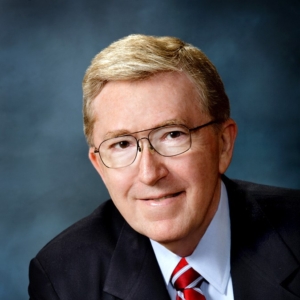A Changing Mindset on Training: Activate the “Hidden Workforce”
A Changing Mindset on Training: Activate the “Hidden Workforce”
Guest writer Ed Gordon comes back this week with valuable advice on employee development in, “A Changing Mindset on Training: Activate the ‘Hidden Workforce.'”
At long last, there are signs that companies are increasing employee training and participating in talent development programs. Why is this finally happening?
A recent Federal Reserve program held in Chicago focused on how companies in four Midwestern states are partnering with their local communities to upskill younger entry-level workers. Companies from many businesses sectors are collaborating with K-12 and post-secondary institutions to offer both career information and educational programs aligned with current job requirements.
This program also included a public high school graduate who told the audience how mentorships and a career exploration program interested him in pursuing a STEM career. He is now eager to begin post-secondary education that will qualify him for a career in information technology.
A barrier that discourages publicly traded corporations from developing human capital is now being challenged. Arcane financial accounting rules currently classify employees of these companies as costs rather than assets. The Securities and Exchange Commission (SEC) is now considering proposals to require publicly listed companies to report spending on training and other human capital outlays. This may be a step toward moving the Financial Standards Accounting Board (FASB) to change accounting rules thereby giving companies the option of capitalizing and depreciating employee development as an investment, rather than expensing it as a cost that reduces earnings.
The Current U.S. Labor Market
Employer job training is also growing as an answer to the unprecedented demographic meltdown. Over this decade 10,000 workers are retiring each year (approximately 3.6 million workers annually). This will continue into the 2030s. Up to 66 percent of job openings are to replace these retirees.
A recent National Federation of Independent Business survey reported that 42 percent of their members (companies with 500 or fewer workers) had vacancies they cannot fill. The number-one problem facing members of the Association of General Contractors is the shortage of skilled labor. Contractors are reporting that this is causing them to turn down new construction projects.
In 2021 U.S. business experienced over 8 million job vacancies that resulted in a profit and productivity loss of over $1 trillion. By 2022 this had risen to over 12 million jobs and a $2 trillion loss. This trend seems to have abated somewhat this year. However, labor cost per unit rose to 6 percent in 2023. Average hourly earnings have increased 4.3 percent above last year as employers have raised wages to find qualified workers. Wage inflation is likely to continue unless businesses begin to enlarge the pool of skilled workers.
But where can this “hidden workforce” be found? According to U.S. Department of Labor reports, about 100 million Americans of working age are not participating in the labor force. Our research shows that at least 20 million of these workers have given up looking for employment because they lack some of the specific skills a job requires. They can fill such job vacancies if employers offer the job training needed to mobilize these skilled workers.
As many other nations are dealing with a declining working-age population and significant skills shortages, it is important to develop all our own resources. There are hidden workers in our midst who could become productive employees if their skills are updated. Are U.S. businesses now beginning to realize that persistent job vacancies cost them more than it would to start entry-level skills training or to participate in community partnerships that are renewing local talent pipelines?
Edward E. Gordon is the founder and president of Imperial Consulting Corporation in Chicago. His firm’s clients have included companies of all sizes from small businesses to Fortune 500 corporations, U.S. government agencies, state governments, and professional/trade associations. He taught in higher education for 20 years and is the author of numerous books and articles. More information on his background can be found at www.imperialcorp.com. As a professional speaker, he is available to provide customized presentations on contemporary workforce issues.

